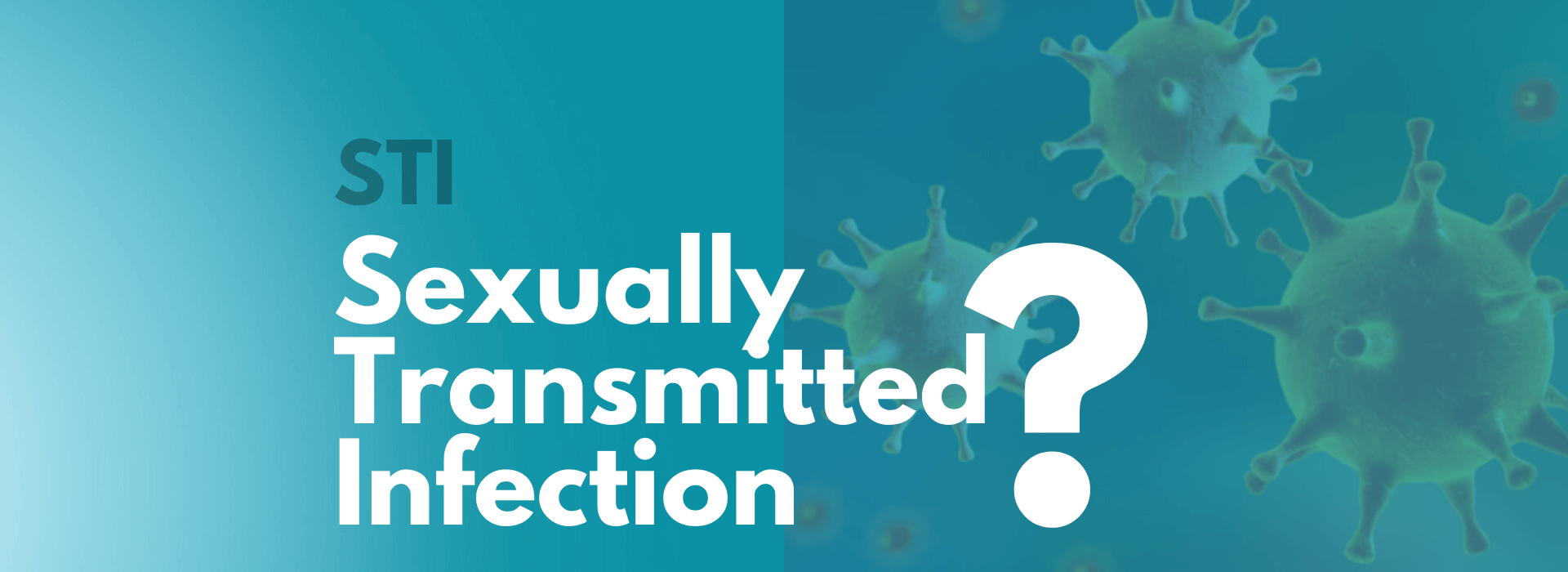
25 Oct Sexually Transmitted Infection (STI)
A sexually transmitted infection (STI) is a bacterial, viral or parasitical infection which is transmitted through sexual contact. Some STI’s like HPV spread from skin-to-skin contact of the genital area whereas others like HIV can also be spread through body fluids. There are over 30 different kinds of sexually transmissible infections and they cause a number of different conditions like syphilis, chlamydia, trichomoniasis, AIDS or even cancer.
How do STI’s spread?
The spread of an STI is usually to deal with any kind of sexual contact; skin contact or bodily fluids. They are most likely to spread by the following ways –
- Unprotected vaginal, oral or anal sex with someone who has an STI
- It is also possible to get some kinds of STI’s like syphilis, even without having sex, through genital touching
- Some STI’s can also spread from a pregnant or breastfeeding mother to her baby
What are the symptoms of a STI?
Most STI’s have very mild symptoms or no symptoms at all. Women, most of the times, mistake the symptoms they might have to urinary tract infection or yeast infection. It is important to recognize these symptoms and take adequate measures to treat them. Some of the visible symptoms that indicate you might have a STI are
- Unusual discharge from the vagina or anus
- Pain while peeing
- Lumps or skin growths around the genitals or the anus
- A rash
- Unusual vaginal bleeding
- Itchy genitals or anus
- Blisters or sores around the genitals or anus
It is important for women to see a doctor if they experience any of the following symptoms or any other unusual symptoms that indicate they might have an infection. Timely intervention and treatment can reduce the risk of the women developing any further serious diseases like cervical cancer.
How do you get tested for a STI?
Depending on your symptoms your doctor can advise any of the following kinds of tests that can determine whether or not you have caught a STI
- Pelvic and physical exam – The aim of this test is to look for any signs of infection like rashes, warts or discharge
- Blood test
- Urine test
- Fluid or tissue sample – A sample of tissue or fluid is taken from the affected area to determine the presence or absence of an STI.
A woman should obviously get herself tested if she discovers any of the following symptoms. Other than that, it is important for all women to het herself tested every time she has sex with a new partner and also if she suspects of having caught an STI.
Ways to lower your risk of catching an STI
If you are sexually active, you can never completely eradicate the chances of catching an STI. However, there are a few steps you can follow that reduce your risk of catching one.
- Get vaccinated – There are vaccines available for a few STI’s like the HPV infection or Hepatitis B
- Protected sex – Using condoms are one of the best ways to reduce your chances of catching a STI. However, there still are a few kinds of infections like that of HPV, where even using condoms does not provide guaranteed protection.
- Get tested – Make sure you and your partner are tested for STIs and it is always beneficial to talk about your tests to each other before you start having sex.
- Be monogamous – Having only a single sexual partner surely reduces your chances for catching a STI. Your risk of getting an STI goes up with the number of partners you have.
STI’s and their effect on a woman’s health
These kinds of infections if left untreated can cause a number of different complications in the body of a woman.
- A woman can have difficulty getting pregnant and may also lead to permanent infertility
- A woman may face complications during pregnancy and also pose health problems for the unborn baby
- The infection can also spread to other parts of the body
- In some cases, an infection left untreated can also cause organ damage
- Some infections can also cause cancers like infection from HPV can lead to cervical cancer
There are also some kinds of STI’s that increase your chances of catching the HIV infection which causes AIDS.
Early detection of an STI is also important as not all can be cured. For the STI’s that cannot be cured, there are medicines to only manage the symptoms. Early treatment of STIs is the answer to save yourself from so many fatal diseases. In fact, the first step in the prevention of cervical cancer too is the early detection of the occurrence of HPV in the cervix and its treatment after that.
Author : Taru Medha (CAPED Intern)


